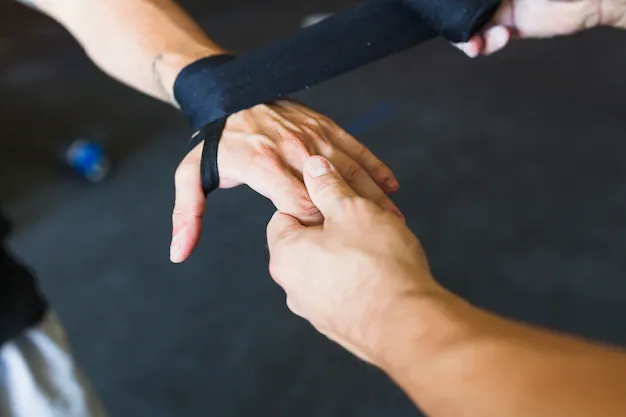john@lee-mat.com
+86-13510662576

GET QUOTE
What are the Uses of Orthopedic Braces?
Orthopedic braces are not just medical contraptions; they play an important role in the world of health and well-being. These sturdy companions have diverse uses, proving to be more than just aids for injuries.
What is Orthopedic Brace?
Orthopedic braces, commonly known as support or compression braces, are simple yet powerful tools designed to provide support to specific body parts, primarily joints and muscles. Their main goal is to alleviate pain, enhance stability, and aid in the recovery process.
How Orthopedic Braces Work?
These braces operate on a simple principle – support where needed. For instance, knee braces are structured to stabilize and protect the knee joint, providing a cushioning effect that reduces strain. It's like having a reliable friend lending a helping hand to your body's natural healing processes.
The Versatility of Orthopedic Braces
1. Injury Rehabilitation
One of the primary uses of orthopedic braces is in injury rehabilitation. Whether you've twisted an ankle, sprained a wrist, or are recovering from surgery, braces play a crucial role in providing the necessary support during the healing phase.
2. Joint Stability
People with chronic joint conditions, such as arthritis, find solace in orthopedic braces. These braces lend extra stability to weakened joints, allowing individuals to move with more confidence and less pain.
3. Posture Correction
Ever find yourself slouching at your desk? Orthopedic braces aren't just for major injuries; they also assist in correcting poor posture habits. A back brace, for instance, gently nudges your spine into alignment, promoting better posture over time.
4. Sports Support
Athletes, both amateur and professional, often turn to orthopedic braces to prevent injuries during intense physical activities. From ankle braces for runners to elbow braces for tennis players, these aids act as preventive measures, reducing the risk of sports-related injuries.
How to Choose the Right Orthopedic Brace?
Consider Your Condition
Selecting the right orthopedic brace involves understanding your specific condition. Consult with a healthcare professional to determine the type of brace that suits your needs, ensuring optimal effectiveness.
Ensure Proper Fit
A well-fitted brace is crucial for its functionality. Too loose, and it won't provide the necessary support; too tight, and it may cause discomfort or restrict blood flow. Follow sizing guides provided with the braces or seek professional assistance to achieve the perfect fit.
Conclusion
Orthopedic braces are not just medical accessories; they are silent companions on the journey to recovery and well-being. From aiding in injury rehabilitation to supporting daily activities, these unassuming devices have a profound impact on our lives. So, the next time you wrap an ankle brace or fasten a knee support, remember, you're not just wearing a brace – you're embracing a world of support.

